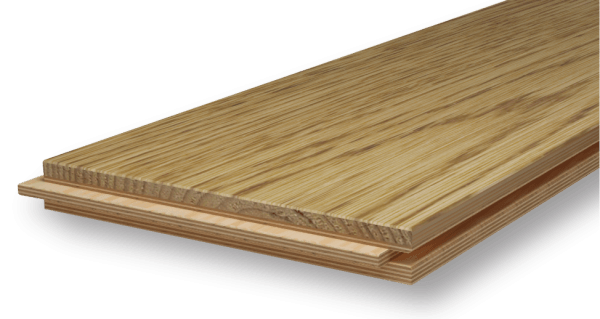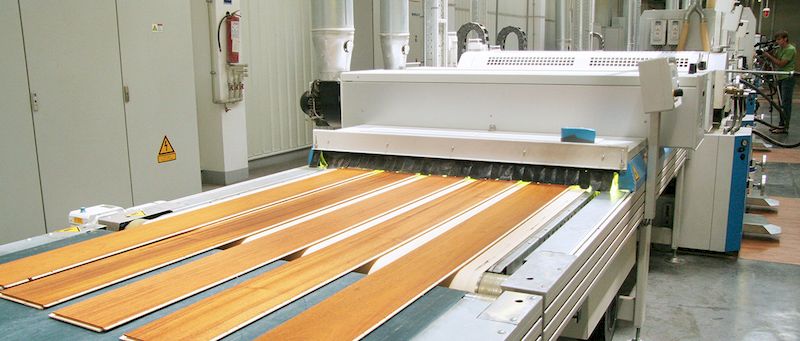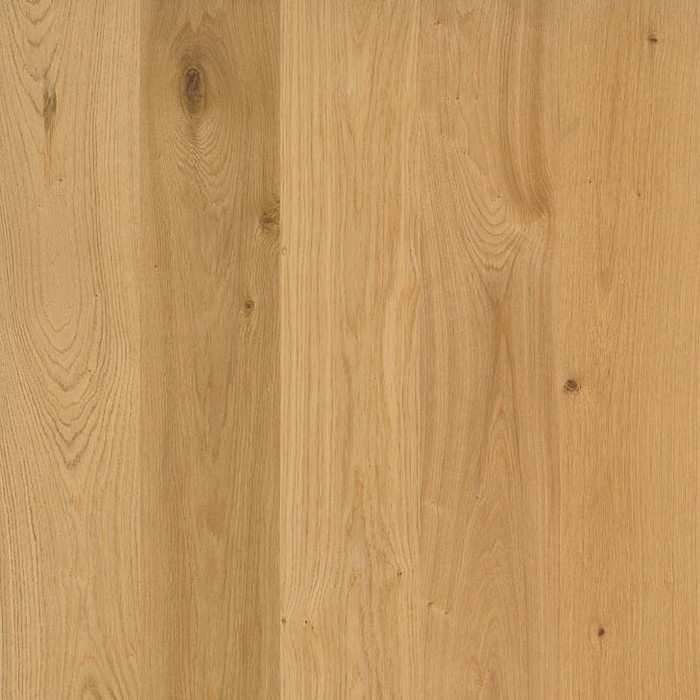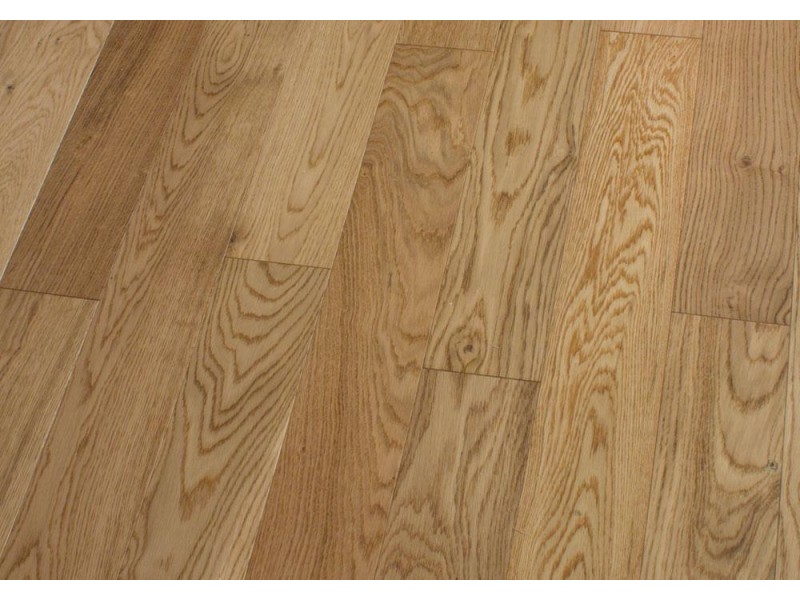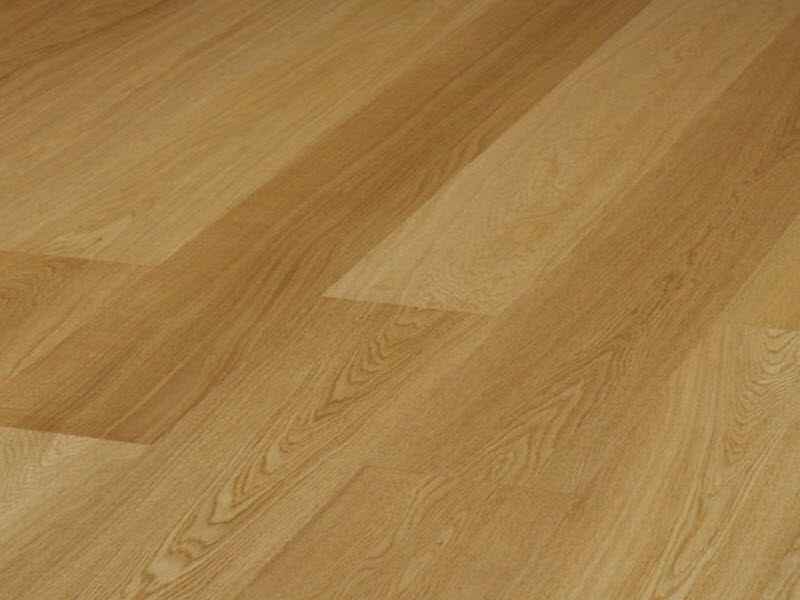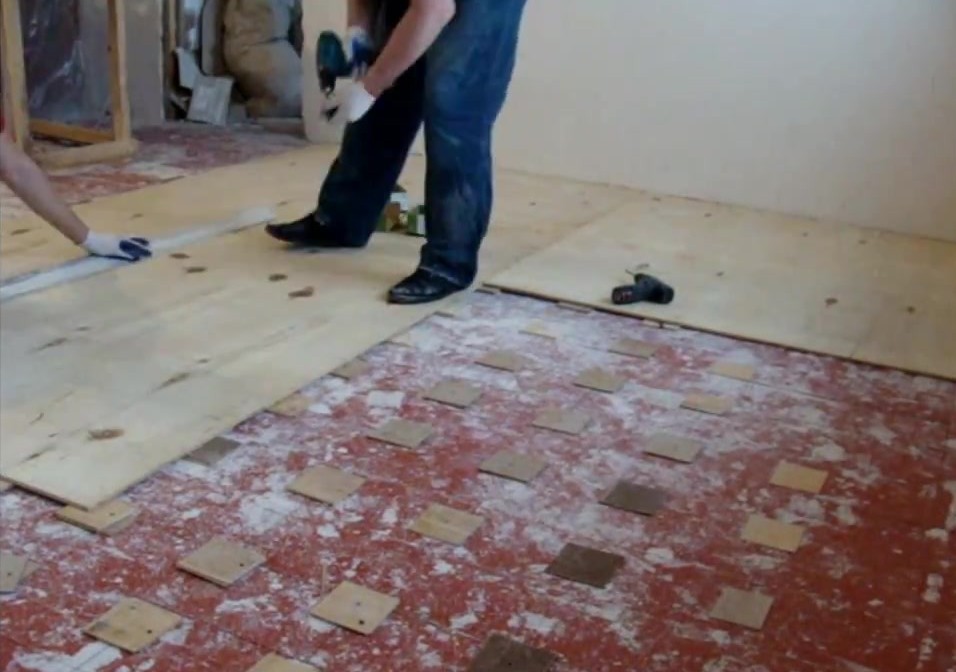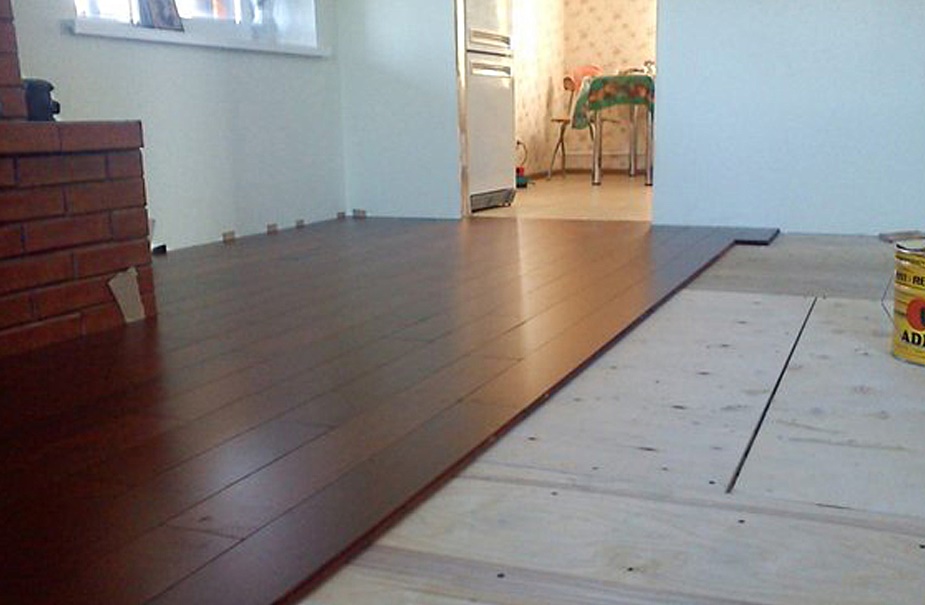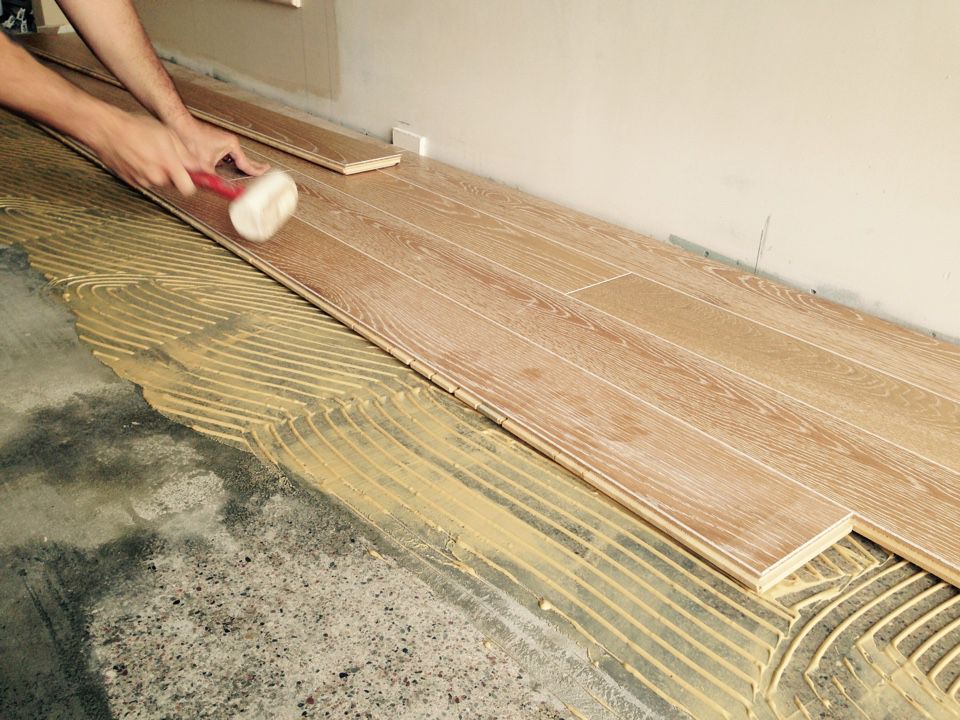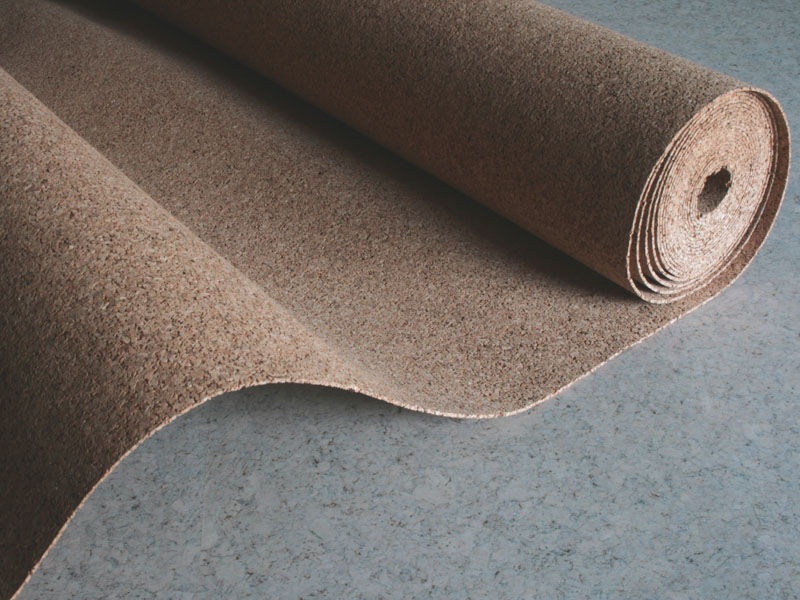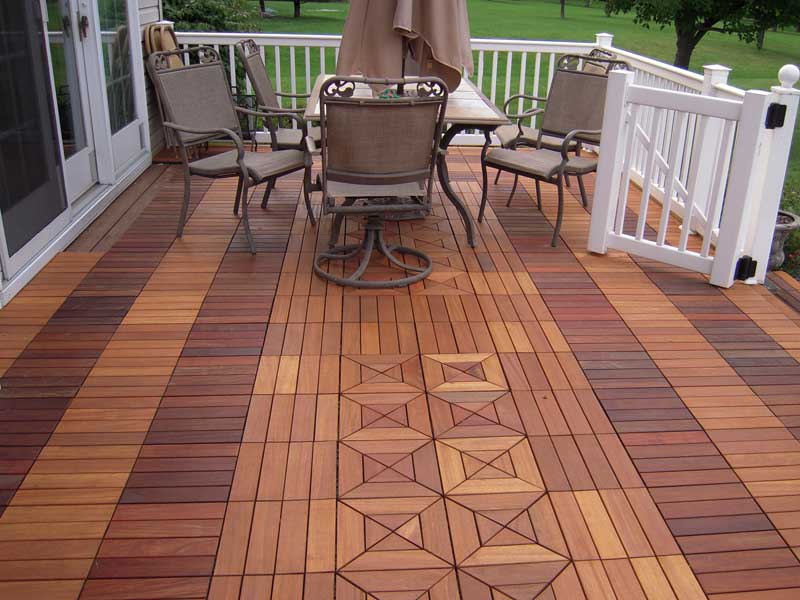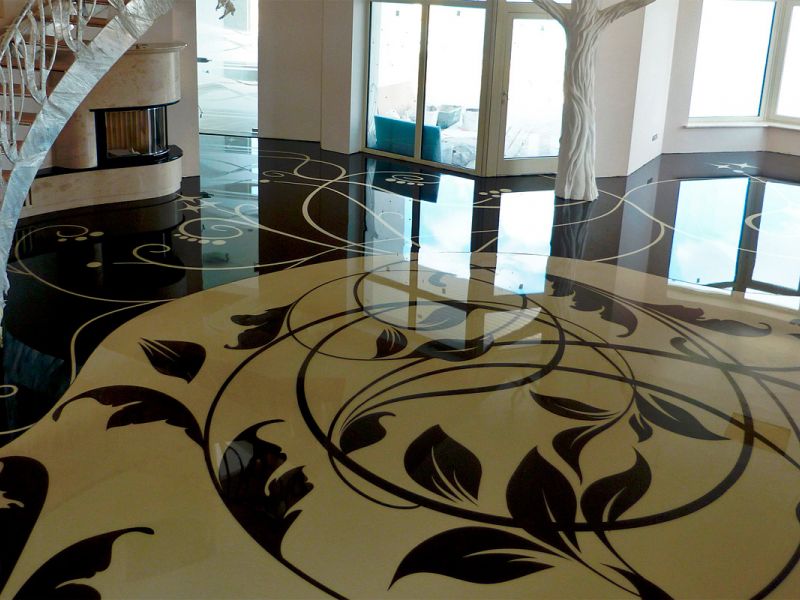What is a three-layer engineering board and how to install it
When choosing a floor covering for a home, people first of all pay attention to practical, durable and beautiful materials. Now there is a large selection of materials that are used to finish flooring, but new ones with higher characteristics are constantly appearing. One of the modern floor coverings is a two- and three-layer engineering board. This is an environmentally friendly product that has high heat and sound insulation characteristics, so the house maintains an optimal microclimate. Externally, such a board does not differ from a massive or parquet board, but due to its multilayer structure, it retains its dimensions in a wider range of humidity and temperature differences.
Content
What is a three-layer engineering board for?
By its structure, a board of this type resembles piece parquet. Due to the multilayer structure and special technology of joining the layers, the material acquires properties that distinguish it favorably against the background of other floor coverings.
This material is one of the most durable floor coverings, which explains its great popularity. A three-layer board is commonly used for flooring in living rooms. It can be laid on the underfloor heating system, but only on water structures. It can be installed indoors above or below ground level.
Typically, the individual elements are connected to each other by a thorn-groove system, which ensures quick installation. The technology of laying a three-layer engineering board reminds laminate installation using glue.
A feature of the three-layer is that it can be used where a massive board cannot be used. It can be stacked in intermittently heated rooms, since without changing its parameters, it freely withstands moisture and temperature changes within 10-15%.
Technical description, structure and material
The board consists of the following layers:
- The first layer is the basis of the material. To create it, multilayer birch plywood of higher grades is usually used, since it has high moisture resistance indicators. Depending on the manufacturer, the thickness of this layer is between 6–16 mm, but in some cases it may be more. It is on this layer that the castle connection is made.
- Middle layer. It provides higher strength and reliability. For its creation, coniferous wood, which is perpendicular to two other layers, is most often used.
- Front layer. For its manufacture, valuable wood species are used, it can be maple, beech, oak, ash. The thickness of this layer ranges from 2.5 to 7 mm. The thicker it is, the greater the wear resistance of the board.
Depending on the thickness of the front layer, how many times it is possible to restore the material, it must be taken into account that about 1 mm of coating is removed at a time.
The size range will be significantly wider than that of similar in appearance flooring. The parameters of the engineering board are as follows:
- the length can be within 0.5 -3 m, it is possible to make boards 6 meters long, but this complicates the process of material delivery;
- width within 10–45 cm, but the most commonly used engineering board is 15–30 cm wide;
- the thickness depends on the thickness of the layers and usually within 12–25 mm.

Depending on which wood the face layer is made of, the color and structure of the material depend. In order to further emphasize the structure of the tree and increase the wear resistance of the surface, varnish or wax and oil compositions are used as a topcoat. Some manufacturers, in order to achieve an interesting decorative effect, carry out scraping or firing of the front layer.
Most often, boards of a standard rectangular shape are made. If necessary, it is possible to make curvilinear elements with the help of which an original and unique flooring is obtained.
This is a modern material, the production process of which consists of the following stages:
- From the selected wood on special machines, lamellas of a given thickness are cut.
- Plywood is being prepared in the required sizes.
- Using special glue, all layers of the engineering board are combined into a single structure. Everything happens under the influence of the press, which ensures high adhesion of the layers and stable geometric parameters of the boards.
- At the ends of the elements make a castle connection, the most common version of the "thorn-groove", but there may be others.
- Topcoat. Most often, the engineering board is varnished to get a high-quality surface, the number of its layers should be at least five. In addition to varnish, elements can be coated with wax formulations or special oils.
For the manufacture of the front layer, wood is sawn in various ways:
- at different angles - a rustic way to cut;
- tangential to the thickness of the barrel - tangential method;
- along the fibers - a radial method of cutting.
After that, the resulting material is distributed according to the cutting method and according to the presence of various defects, the texture and color are also taken into account.
There are such varieties of engineering board:
- Variety Rustic. For the top layer of such material, a tree obtained in a rustic way is used. Such an engineering board may have a different texture and color, as well as minor defects. It has a low cost, it looks natural, therefore it is most popular.
- Variety "Natur". For its manufacture, lamellas obtained by radial and tangential sawing are used. Here the differences in color and texture are minimal and there are practically no defects. This material belongs to the middle price category.
- Variety "Select". For the manufacture of such material, lamellas obtained by radial cut are used. Their color and texture match perfectly, and there are no defects. The cost of such material is maximum.
To ensure stable dimensions and compensate for emerging stresses, some manufacturers make numerous cuts on the bottom of the engineering board.
Video: engineering board manufacturing
Advantages and disadvantages of using
Before deciding to purchase and install a three-layer engineering board, you first need to familiarize yourself with its advantages in front of other floor coverings and find out if she has flaws.
Benefits:
- Variety of sizes. The presence of a large number of sizes of engineering boards allows you to create a floor covering with a minimum number of joints. This not only decorates the appearance of the floor, but also speeds up the installation of the specified material.
- It fits equally well on different types of substrates, therefore it is a universal material.
- Since the layers of fibers are multidirectional, a stable structure of the board is ensured. Such material is devoid of internal stresses, it does not deform due to changes in humidity and temperature, and cracks do not appear on it, as is the case with a natural board.
- The exact linear dimensions and the presence of special locks allow you to install elements simply and quickly.
- The presence of the front layer with a thickness of up to 7-10 mm allows several times the restoration of the surface, which significantly increases the service life of the floor covering.
- All components of which the engineering board is made are natural.
- Purchased boards do not need to be further processed, varnished, sanded, trimmed and sized. This saves not only time, but also money.
In order to change the interior of a room with a floor covered with an engineering board, it is enough to polish the surface and with the help of varnish, oil or a wax composition, change its tonality.
Like any other material, a three-layer engineering board has a number of disadvantages that must be taken into account when choosing it as a floor covering:
- boards of poor quality may have a different color scheme, so they must be selected very carefully, for a large room you can use boards with different textures;
- although the cost of an engineering board is less than that of a massive one, but it is still quite high;
- if the material was mounted without glue, then after a while it can be deformed, and the coating fixed with glue cannot be disassembled and laid again;
- a lot of fakes and low-quality goods, so when buying it, you must be very careful.
Table: Comparison of the characteristics of the most popular flooring.
| Parameters | Laminate | Engineering board | Solid board | Cork |
| Environmental friendliness | This is an artificial material, when heated, phenols can be released into the room. | It consists of natural materials, except glue and varnish. If wax or oil is used, then unlike varnish, wood breathes. | Completely eco-friendly material. When varnished, the tree does not breathe, if oil or wax is used, then there are no such problems. | Completely environmentally friendly material, it contains no allergens, and the cork is odorless. |
| Dimensional stability | The stability is average, so that cracks do not form, it is necessary to maintain humidity in the room about 40-60%. | It has high dimensional stability, retains its parameters under temperature and humidity. | When temperature and humidity change, it can change its size, therefore it is not suitable for laying in rooms with high humidity and in those that are not constantly heated. | Stable and durable coating. |
| Durability | Within 5-15 years. | Depending on the thickness of the front layer, the service life can be 10-50 or more years. | About 40 years. | Not less than 50 years. |
| The possibility of restoration | No | Depending on the thickness of the top layer, about 1 mm of coating is removed at a time. | Depending on the thickness of the board, the minimum thickness of the working layer should be at least 1 cm. | No |
| Soundproofing characteristics | To increase sound insulation, special substrates are used, since the laminate has low noise absorption characteristics. | Good sound insulation, it depends on the thickness of the lower layer. | To achieve high noise insulation characteristics, it is necessary to lay the boards on plywood with glue. | High |
| Moisture resistance | It does not tolerate high humidity. | It can withstand high humidity if it is treated with special compounds. | It is afraid of moisture, but there are moisture-resistant varieties of wood that, when properly treated, are used in places with high humidity. | To increase moisture resistance, the surface is coated with wax formulations. |
| Thermal insulation characteristics | Low | Good thermal insulation performance, can be laid on a warm water floor. | Thermal conductivity is low, but can not be laid on a warm floor. | High |
| Cost, m2 | 300-1 000 rub. | 2,500–9,000 rub. | 2 800-10 000 rub. | 1,500–3,000 rub. |
Which is better: two- or three-layer engineering board
A three-layer board has more stable dimensions, it is not afraid of moisture and can be laid on a warm floor. If the two-layer width is up to 150 mm, then a three-layer board can have a width of up to 240 mm.
The presence of a middle layer in a three-layer board allows you to obtain higher strength material, but its cost will be higher than the two-layer version. For an apartment, in terms of price - quality, a two-layer board is more suitable, but if the room has a lot of traffic, it is better to give preference to a three-layer board.
Video: how to choose the right engineering board
Mounting Methods
A three-layer engineering board is most often mounted on a concrete base, plywood or OSB, but can also be laid in a floating way.
Laying on plywood
This is the most common way to install an engineering board, it is used by both professionals and beginners. Experts recommend making a preliminary layout on paper, this is especially important when curved elements are mounted. This allows you to place the boards most efficiently, so that a minimal waste of materials is obtained. The laying of the engineering board is started after the ceiling and walls are finished, all the garbage is removed from the floor.
The sequence of work:
- Level the base, then primer the concrete screed.
- Sheets of plywood or OSB are laid on the floor, usually their thickness is 12 mm. Fixing plywood can be done with glue or dowels.
- If the installation is carried out using glue, then the place of laying the boards is covered with a polyurethane compound. If the board has a spike, then to the base it can be fixed with nails or small screws.
- On the finished base lay engineering boards and perform their fixation.
- Using the baseboard, close the gap between the wall and the floor.
Concrete laying
This is a more economical installation method, it consists of the following steps:
- Pour in high-quality concrete screedwhich should be even and dry. It is allowed to lay an engineering board on a screed, the moisture content of which does not exceed 2%.
- A layer of polyurethane adhesive is applied to the screed.
- Lay out and fix the elements of the flooring. To press the boards you need to use weights.
- After laying, it is necessary to wait 4-5 days for the glue to completely harden and fix the boards well.
Floating way
With a Click lock, the engineering board can be stacked in a floating manner. A feature of this installation method is that the base must have a perfectly flat surface. Under the engineering board, be sure to lay the substrate.
The order of work will be as follows:
- Level surface. Height differences can be no more than 2 mm per 2 meters in length. It is possible to level the floor with plywood or make an even concrete screed.
- Lay the substrate. It can be layered, coniferous or cork.
- Mount the engineering board. On the first element, a spike is cut from the side that is located against the wall. The second element is brought to the first at an angle of 45 degrees? as when installing the laminate and snap the lock. Thus, all elements are stacked.
- Install the skirting board.
Installation of an engineering board by a floating method is quite quick. It is also possible, if necessary, to dismantle the floor covering and lay it again.
Video: installation of a curved engineering board
Having studied the laying technology of an engineering three-layer board and choosing the installation method, you can deal with its laying on your own. Such a flooring looks no different from a massive board, and in terms of characteristics, surpasses natural wood. A wide range of this material will allow you to choose it for any interior, and properly completed installation will provide the coating with a beautiful and high-quality look and extend its service life. In order for the engineering board to serve for a long time, it is recommended to use air humidifiers during the heating season, periodically polish the surface and install felt or rubberized heels on furniture legs.

